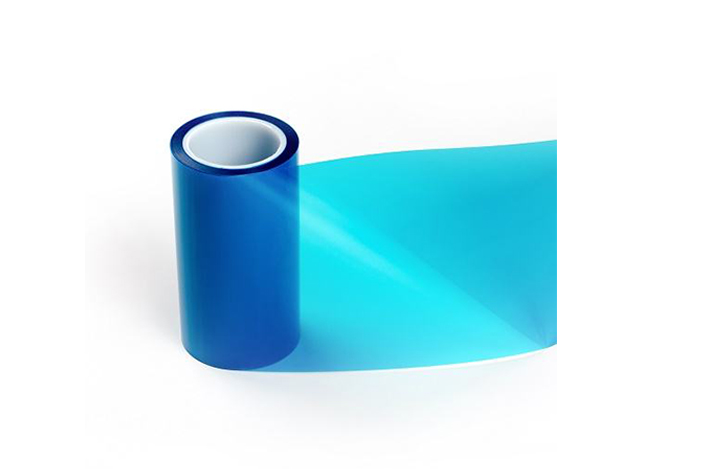Avoiding Residue: The Science Behind No Residue Adhesive PET Film
PET films are trusted for their durability, clarity, and strength, but when it's time to remove them, residue can become a serious issue—especially in electronics, automotive interiors, and luxury packaging. This article dives into the chemistry of adhesives and explains how no residue adhesive PET film works, how to use it, and how to remove PET film cleanly. We'll also share top PET tape application tips to ensure flawless results.
Why Adhesive Residue Happens
Adhesive residue occurs when:
- Adhesive loses cohesion but retains adhesion to the substrate
- The film is left too long under UV or heat
- Incompatible surfaces trigger chemical reactions
This leads to smears, clouding, or sticky patches—especially bad for glass, coated plastics, and sensitive electronics.
Understanding Adhesive Types
| Adhesive Type | Residue Risk | Key Characteristics |
|---|---|---|
| Silicone | Low | Heat resistant, low surface energy, clean peel |
| Acrylic | Medium | Strong initial tack, may harden over time |
| Rubber | High | Soft, flexible, but prone to residue and yellowing |
If your goal is how to remove PET film cleanly, silicone-based no residue adhesive PET film is your safest option.
How No Residue Adhesive Works
No residue adhesives—particularly silicones—are engineered with:
- Controlled peel strength: Reduces tearing or transfer during removal
- Low molecular weight siloxane chains: Provide elasticity and clean separation
- Anti-ghosting properties: Prevent cloudy outlines or halo marks
These are critical in PET film for electronics, where adhesive must not interfere with delicate components.
Tips for Residue-Free Application
- Clean thoroughly: Oils or particles reduce adhesive control.
- Use gloves: Finger oils affect adhesive performance.
- Avoid overstretching: It distorts adhesive distribution.
- Let it settle: Wait 1–3 hours before stress or heat exposure.
These are simple but powerful PET tape application tips used by industry experts.
How to Remove PET Film Cleanly
- Warm the surface (50–60°C) if film has been in place for long durations.
- Peel slowly at a 45–60° angle using consistent tension.
- Wipe any residue with alcohol immediately—don’t let it harden.
- Inspect surface for micro-abrasions or static buildup, especially for screens and optics.
Applications Where No Residue Matters Most
- Electronics: For displays, sensors, or PCB covers—where residue can short circuits or blur visuals.
- Medical: PET film used in surgical screens or diagnostic devices must leave no chemical trace.
- Automotive: In infotainment systems, residue can ruin the polish or impair function.
- Luxury packaging: Protective film must preserve visual clarity without leaving smears.
Top PET Tape Application Tips – Summary
| Tip | Benefit |
|---|---|
| Use silicone adhesive PET film | Clean peel, even on coated surfaces |
| Apply in clean, dry environments | Reduces contamination and bonding errors |
| Store at room temperature | Preserves adhesive chemistry |
| Use gentle tools for removal | Prevents substrate damage |
Final Thoughts
Choosing no residue adhesive PET film is not just about aesthetics—it's a functional decision that protects your surfaces, saves labor, and ensures product quality. Combine the right material with smart PET tape application tips, and you'll know how to remove PET film cleanly in any professional setting.
READ MORE:
Telephone: 008613530419893
E-mail:marie@selfadhesivefilm.com
ADDRESS (Shenzhen):903-286, Building A2, Guangming Technology Park, China Merchants Group, Guanguang Road, Fenghuang Community, Fenghuang Street, Guangming District, Shenzhen, Guangdong.
ADDRESS (Dongguan): 3rd Building No.45 Yinhu Road Shishuikou Community,Qiaotou Town, Dongguan, Guangdong.





